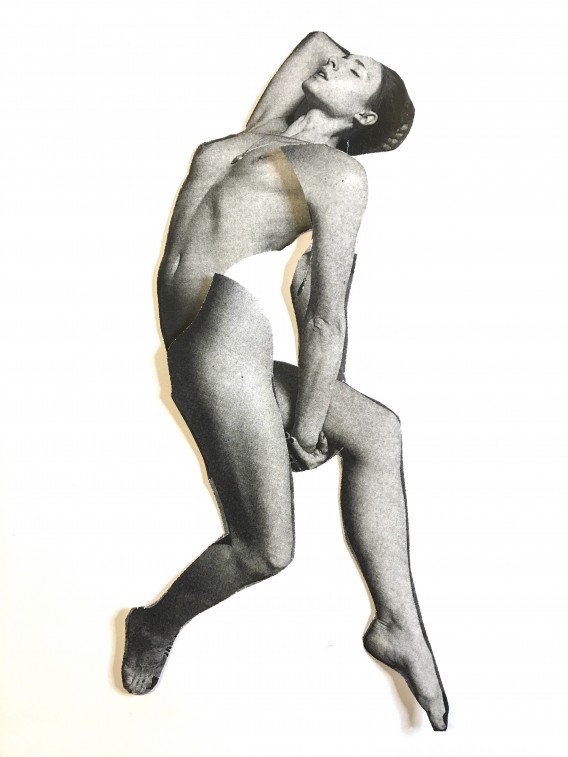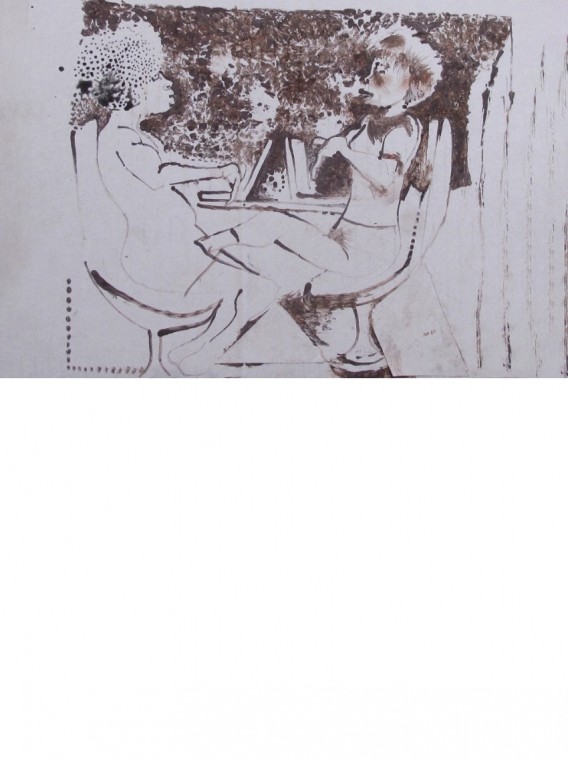We have created a special edition of the online magazine Butano Magazine, which can be viewed from the La Posta Foundation through QR codes and which seeks to reconfigure censorship through the work of 7 artists ‒seven X– who are part of this exhibition, these X alludes to the XXX of the pornographic industry.
The artists involved in this project are from diverse backgrounds, however, we were interested in the Valencia – Barcelona dialogue, in an attempt to define a cartography that will help us contrast specific similarities and differences, from postpornography, digital feminist activism, activist sex work, the powerful anti-racist and decolonial movement to sexual dissidence, this compilation of cases tremendously glimpses an institutional hypocrisy that, by canceling such artistic manifestations, the only thing it does is perpetuate a process of oppression, and logic of the crushing of bodies and voices that simply exercise their freedom to express themselves to propose other paradigms far from colonial heteropatriarchy.
Censoring censorship, creating a space for that which, due to its discourse, has not been allowed by some institutions or by ourselves, is about thinking: what is allowed, from where and why?
Power exercises control over individual and collective expressions, including art. In this context, censorship in art becomes a tool to reinforce established norms and values, limiting freedom of expression and creativity. The work of art thus becomes a terrain of political and social struggle, where dominant patriarchal norms are questioned and subverted.
For example, post-porn censorship can be understood as an attempt by institutions of power to control sexual expressions that challenge the established order, seeking to regulate and normalize sexual practices, and this censorship in art is a symptom of the dynamics of power as well as resistance in contemporary society. It invites us to question established norms and fight for freedom of expression and sexual diversity in art.
If we understand a system as “organically” installed – that is, imposed as natural – that belongs to a concrete and unquestionable epistemology, censorship would be in the space of contamination or rupture in that omnipresent and all-powerful fabric. Acts of rebellion against the system are configured as reprehensible precisely by interrupting the fixed and constant flow of a specific way of thinking and controlling, in this case, the colonial heteronormative.
These rebellious acts function like viruses that threaten the prevailing systemic health, acts of courage imbued with transfeminism, anti-racism, decoloniality and anti-capitalism that are in accordance with the times in which we live, speak out and fight.
Since culture is a citizen’s right, one might ask what type of culture can have a place in the programs of institutions that are terrified of assuming responsibilities? How to embrace an artistic proposal that escapes conventional logic? Furthermore, it must be taken into account that the budgets for cultural programs come from citizen taxes, including citizens considered subaltern, or second category (migrants, heteronormative sexual fugitives, undocumented people, people with different abilities, etc.).
As a result of censorship, the artistic work produces more readings. Are we expanding the work? In some cases, the pieces no longer exist or cannot be exhibited, but the material that was generated from censoring them is already part of the work.
The setup carried out for this exhibition consists of darkening the room and perceiving some elements such as the QR codes that allow us access to this text and the artists work, the invisible is now the visible of the Exhibition Room; Furthermore, the proposal includes a mannequin whose nipples are painted with Xs, as we are forced to do on internet platforms such as Instagram; a TV from the 90’s in which we can see the Graham Bell video that was censored in 1996, now it is allowed; a photo that was censored in online publications of the O.R.G.Í.A collective, is a lamp in the middle of this almost total darkness of the room; Jordi Soleto has recreated his piece that he lost due to censorship, perhaps it is not exactly the same, but now it can be exhibited; For the opening day, Andrea Corrales will once again perform the performance for which she was censored.
We hope to create a poetic space, where the freedom of expression that Article 20 that the Constitution promises us is possible, and to complement this experience Millie Wissar has created an intermittent sound piece.
This exhibition not only seeks to make visible the work that, in our opinion, has mutated. The attempt to erase it has managed to expand it towards new horizons, generating other material that, despite not being the original, contains the original burden of the prohibited speech. We want to infect the body of repression, metastasize to all its parts and thus transform the gaze, so that we can allow ourselves an expanding gaze.
Frau Diamanda, Barcelona.
Sara María Rodríguez, Valencia.



